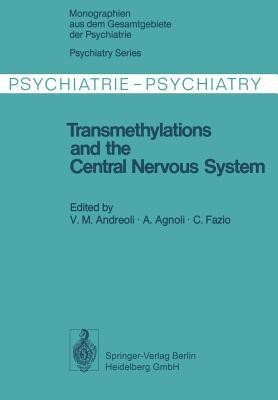Transmethylations and the Central Nervous System(English, Paperback, unknown)
Quick Overview
Product Price Comparison
V M. ANDREOLl, A. AGNOLI, and C. FAZIO The transfer of a methyl group from a donor to an acceptor compound is a fundamental biochemie al process long since known to biologists; the process is involved, for instance, in the metabolism of porphyrins, nuc1eic acids, and fatty acids. Only recently, however, did transmethylation processes reveal their decisive role in CNS biochemistry - namely with the discovery that such processes are linked with the biogenie amines that have been conc1usively identified as the chemical mediators of neu- ronal transmission and, more broadly, of behavior. The first suggestion that transmethylation processes might be involved in the origina- tion of certain mental diseases came from Harley-Mason (1952), who noticed that many of the hallucinogenic substances known at that time contained methyl radicals, and par- ticularly that mescaline represented the product of O-methylation of dopamine in posi- tions 3, 4, and 5. This hypothesis was put forward when the O-methylation of catechol- amines by catechol-O-methyltransferases had not yet been described.Harley-Mason further proposed that in the living organism the process of O-methyla- tion might follow a "deviant" metabolie pathway, and that the accumulation of abnor- mal methylated metabolites endowed with hallucinogenic properties might be responsi- ble for the implementation of some mental diseases, notably schizophrenia. He also called attention to a substance, 3,4-dimethoxyphenylethylamine (3,4-DMPEA) as a possible psychotogenic moleeule, on the strength of its capacity for producing cata- tonia in experimental animals.


